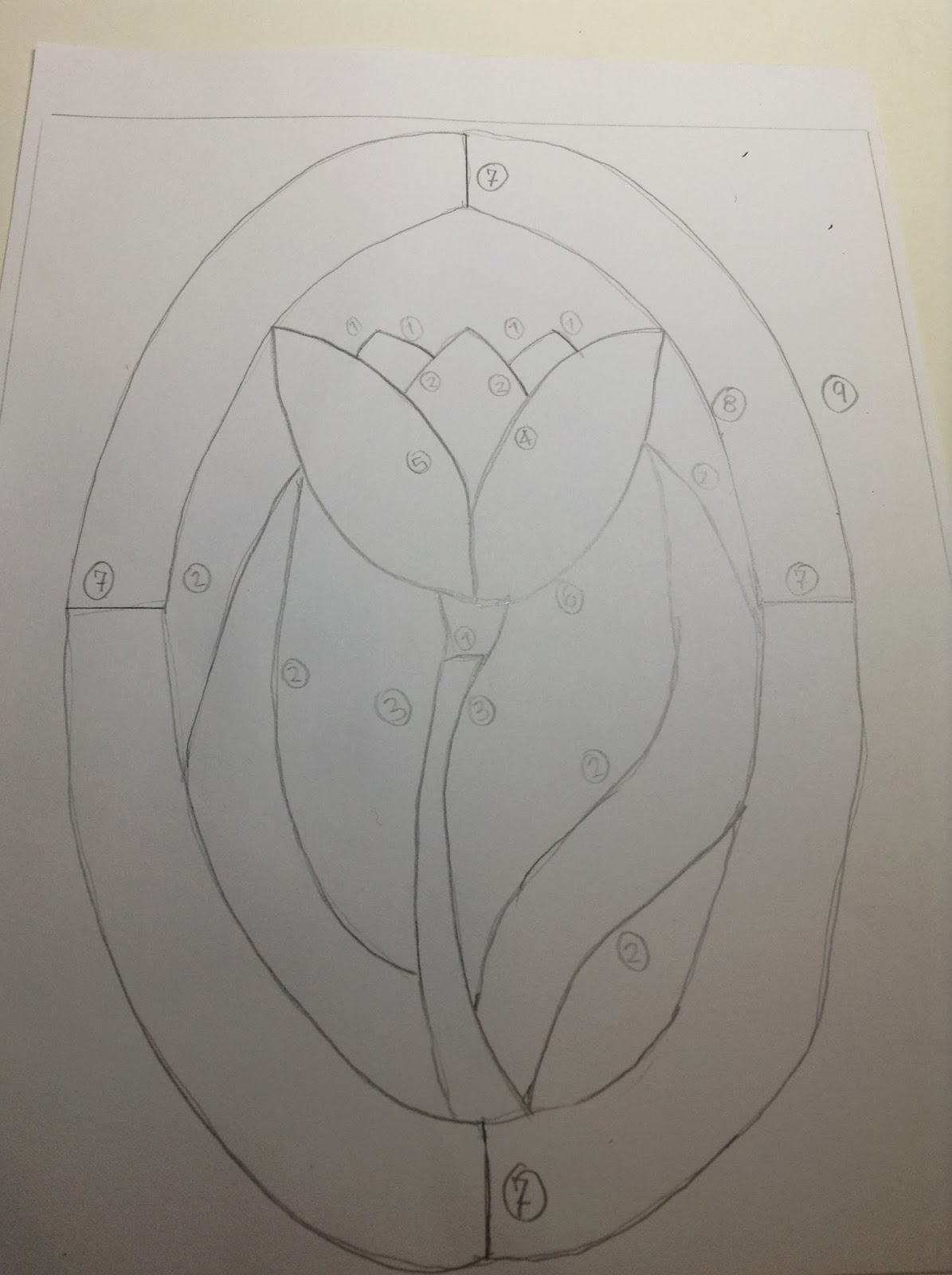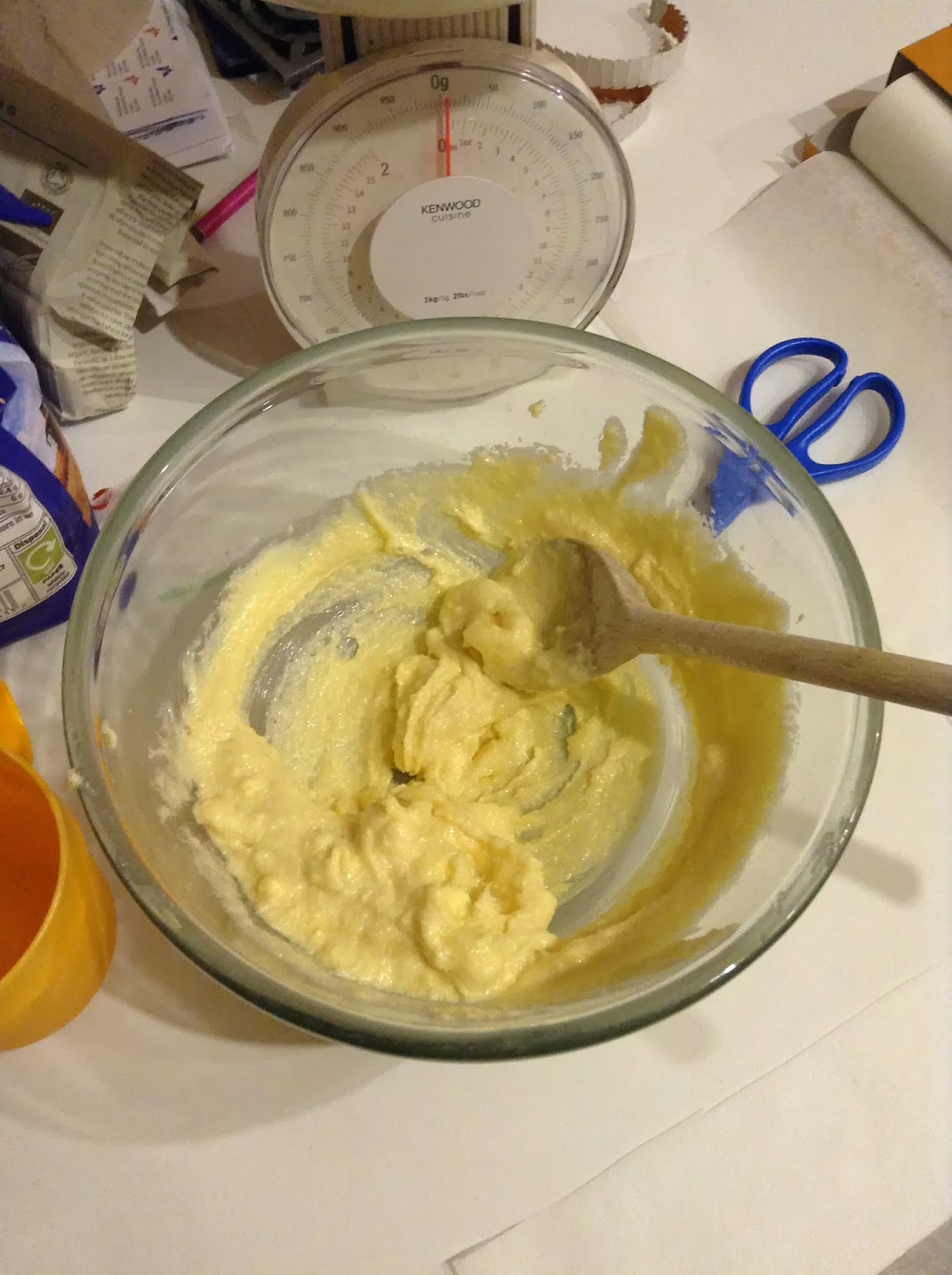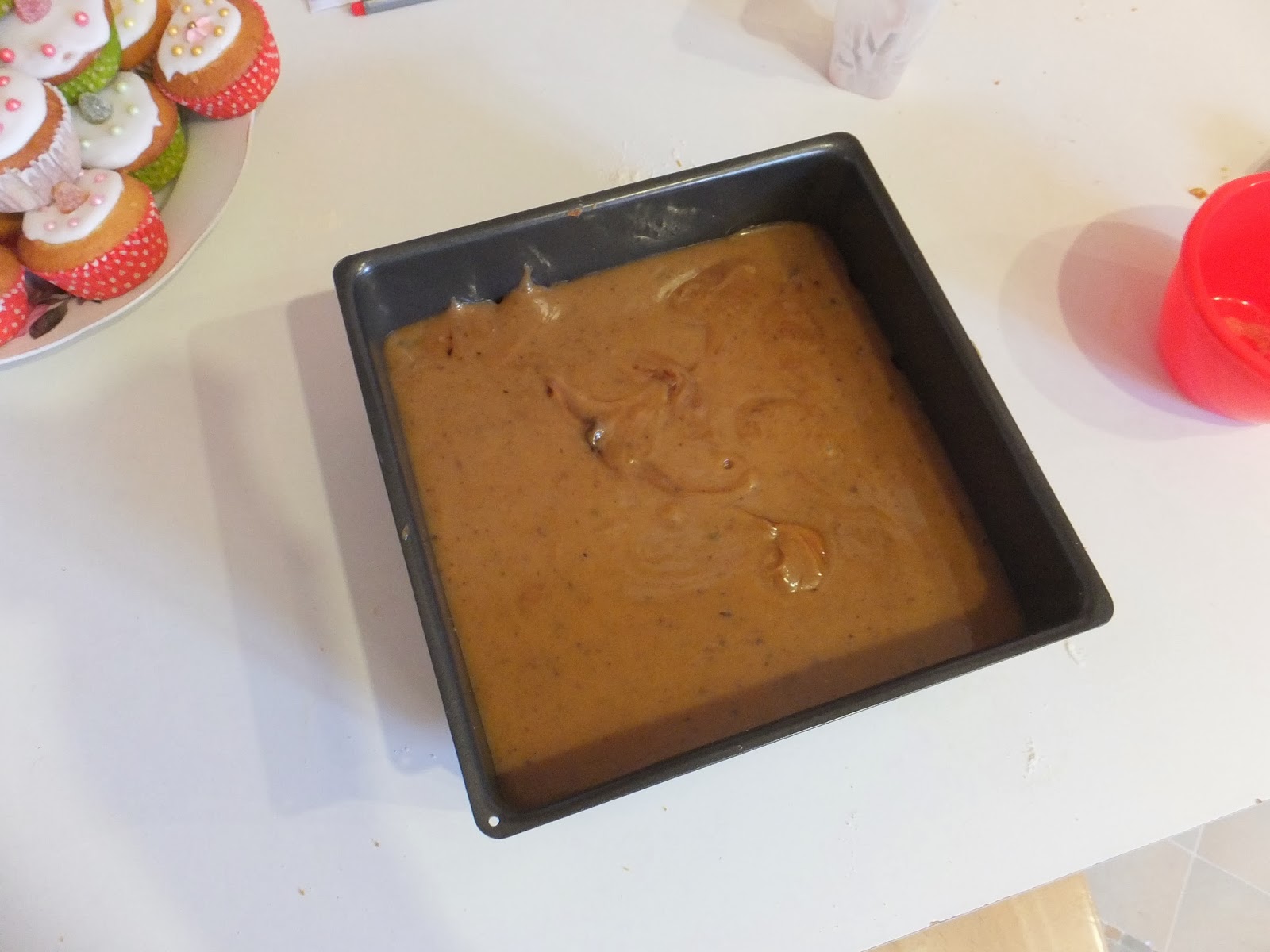Lavender Soap
One cup of dried lavender buds
Pestle and mortar
650g goat's milk soap base
Heatproof bowl or small saucepan
Large saucepan
Metal spoon
3 tsp lavendar essential oil
Tupperware container (I used a flat bottomed takeaway tub) (12.5x18cm approx)
Sharp knife
- Divide the lavender into two equal portions. Put one in a pestle and mortar and set the other aside. Grind the first portion into fine bits.
- Boil up a kettle of water. Whilst you wait, cut up the soap base into smaller, even pieces. This will help it melt quicker.
- Pour the water into the large saucepan and place the bowl/small pan inside. Keep the heat under the pan fairly high, so the water is simmering.
- Place the soap base in the pan and melt. Do not stir that often as it will cause bubbles to form.
- When all the soap has completely melted, remove from the heat.
- Add the essential oil. Do not exceed 3% oil of the total weight of the soap.
- Stir in the grinded portion of lavender and keep stirring for a few minutes to make sure that the buds remain suspended throughout the soap, rather than just floating on top.
- Allow it to cool slightly, but not form a skin (if it begins to wrap around the spoon, then it's done)
- Pour into the container. Sprinkle the whole lavender buds on, covering the soap top. Press in gently with your fingers to make sure they have stuck to the surface of the soap.
- Leave to cool for ten minutes then place in the freezer for a further hour, or alternatively several hours outside the freezer.
- Check that it is set, then turn the soap over on a board. It should fall out quite easily. If not, run a knife around the edges first, or, if you are using a disposable plastic tub like me, flex the sides to push the soap out.
- Cut the large slab into smaller pieces (about four). Perfect as a gift for friends.
- If you aren't using the soap straight away or plan t give it as a present, wrap the soap individually in clingfilm or cellophane bags. This prevents the soap 'sweating': the glycerine attracts moisture from the air if left out.
Alternatives/ideas:
Honey and finely ground oats add exfoliating qualities to the soap.
 |
| These are some honey and oat soaps I made. The colour was achieved from an orange dye. |
Alternative flowers could include rose or dried calendula, which retains a vibrant yellow colour when mixed into the soap
Add shea butter for a creamy texture, but don't exceed 5g for every 100g of soap base
There are lots of colours and scents available, as well as different moulds. I may feature a different project later, perhaps using clear soap base.






















































